Wärmebildkameras sind nicht mehr nur auf spezialisierte Branchen beschränkt. Heute sind sie unverzichtbare Werkzeuge für Hausinspektoren, Elektriker, Ingenieure, Feuerwehrleute und Outdoor-Enthusiasten. Mit einer Wärmebildkamera von Thermal Master können Sie mit bloßem Auge unsichtbare Probleme lokalisieren – von versteckten elektrischen Fehlern bis hin zu Wärmeverlusten in Gebäuden. Vor dem Kauf ist es jedoch wichtig, die Merkmale zu verstehen, die Leistung und Zuverlässigkeit ausmachen.
1. Auflösung
Die Bildschärfe hängt maßgeblich von der Auflösung ab. Thermal Master-Kameras bieten Detektorauflösungen, die scharfe, detaillierte Bilder sowohl für professionelle Inspektionen als auch für den Außeneinsatz liefern. Eine höhere Detektorauflösung bedeutet mehr Pixel zur Erfassung feiner Temperaturunterschiede, sodass Sie kleine Fehler oder entfernte Wärmequellen präzise erkennen können.

2. Fokusoptionen
Unterschiedliche Aufgaben erfordern unterschiedliche Fokusmethoden. Thermal Master bietet Modelle mit festem Fokus für schnelle Kontrollen, manuellem Fokus für Feineinstellungen und fortschrittlichem lasergestütztem Autofokus für präzises Zielen. Die Wahl des richtigen Fokussystems sorgt dafür, dass Sie jedes Mal ein scharfes Wärmebild erhalten.
3. Temperaturbereich
Der benötigte Temperaturbereich hängt von Ihrer Arbeit ab. Ob Sie Maschinen mit hoher Hitze prüfen oder Kaltluftlecks identifizieren – die Wärmebildkameras von Thermal Master decken ein breites Spektrum von extremer Kälte bis zu intensiver Hitze ab und gewährleisten präzise Messungen unter unterschiedlichsten Bedingungen.
4. Objektiv-Vielseitigkeit
Deshalb wird jedes Thermal Master-Modell mit einem auf den jeweiligen Einsatzzweck abgestimmten Objektiv geliefert, z. B. Weitwinkel für große Flächen, Tele für weit entfernte Ziele und Makro für Nahaufnahmen. Das richtige Objektivdesign gewährleistet optimale Leistung für jede Anwendung.

5. Datenspeicherung und -freigabe
Bei Inspektionsarbeiten geht es oft darum, mehr als nur Bilder zu speichern. Mit den Wärmebildkameras von Thermal Master können Sie Wärme- und sichtbare Lichtfotos sowie sogar Sprachnotizen direkt auf dem Gerät oder einem externen Speicher speichern. Dies erleichtert die Organisation von Berichten und die Weitergabe von Ergebnissen an Kunden.
6. Farbpaletten
Verschiedene Farbmodi beschleunigen die Analyse. Thermal Master bietet mehrere Paletten – von Graustufen für subtile Änderungen bis hin zu kontrastreichen Modi für die schnelle Fehlererkennung – sodass Sie die für Ihre Aufgabe passende Palette auswählen können.
7. Temperaturalarme
Für schnellere Reaktionen können Thermal Master-Kameras Sie warnen, wenn die Temperatur voreingestellte Grenzwerte überschreitet. Dies ist besonders nützlich bei der vorbeugenden Wartung, wo eine frühzeitige Erkennung kostspielige Ausfallzeiten verhindern kann.

8. Emissionsgradeinstellung
Reflektierende Oberflächen können die Messwerte verfälschen, wenn sie nicht entsprechend angepasst werden. Mit den Wärmebildkameras von Thermal Master können Sie den Emissionsgrad feinabstimmen und reflektierte Temperaturen berücksichtigen. So ist selbst auf glänzendem Metall oder Glas eine genaue Messung gewährleistet.
9. Punkt- und Bereichsmarkierungen
Bei der Inspektion müssen Sie möglicherweise mehrere Punkte vergleichen. Mit Thermal Master-Geräten können Sie bestimmte Punkte oder Bereiche auf dem Bild markieren, um die Temperaturen in Echtzeit anzuzeigen und zu vergleichen.
10. Batterieleistung
Eine lange Akkulaufzeit ist im Außeneinsatz wichtig. Die Wärmebildkameras von Thermal Master verfügen über schnell aufladbare Akkus mit hoher Kapazität und deutlichen Ladestandsanzeigen, sodass Sie länger ohne Unterbrechungen arbeiten können.

Abschluss
Bei der Wahl einer Wärmebildkamera kommt es darauf an, die richtige Balance zwischen Auflösung, Temperaturbereich, Fokusoptionen und Benutzerfreundlichkeit zu finden. Thermal Master bietet diese Funktionen in Geräten, die auf Genauigkeit und Langlebigkeit ausgelegt sind. Ob Sie eine Hausinspektion durchführen, Industrieanlagen warten oder die Natur erkunden – mit einer Wärmebildkamera von Thermal Master sehen Sie, was andere übersehen.


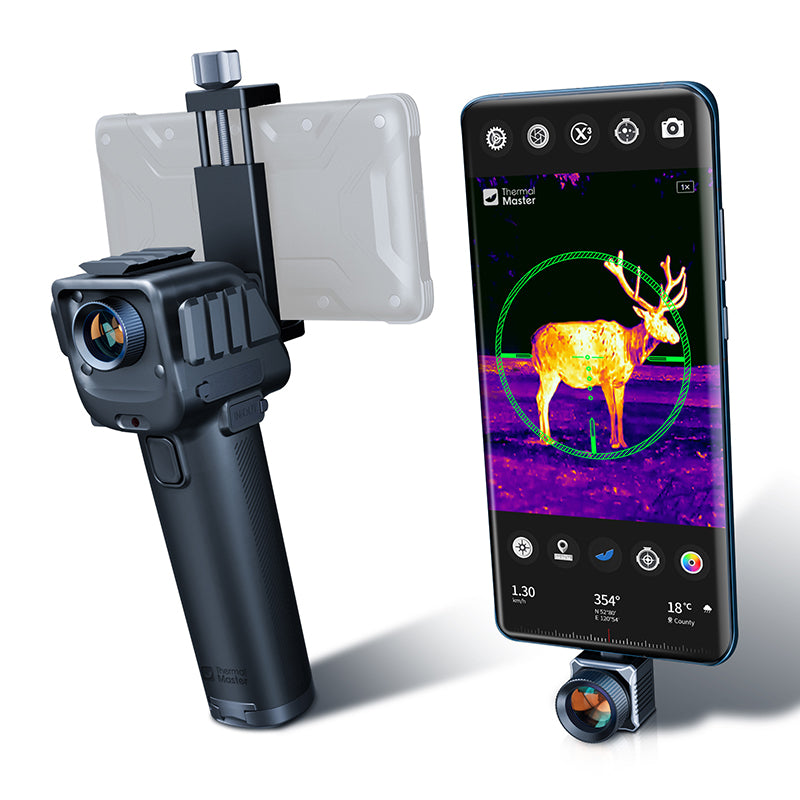
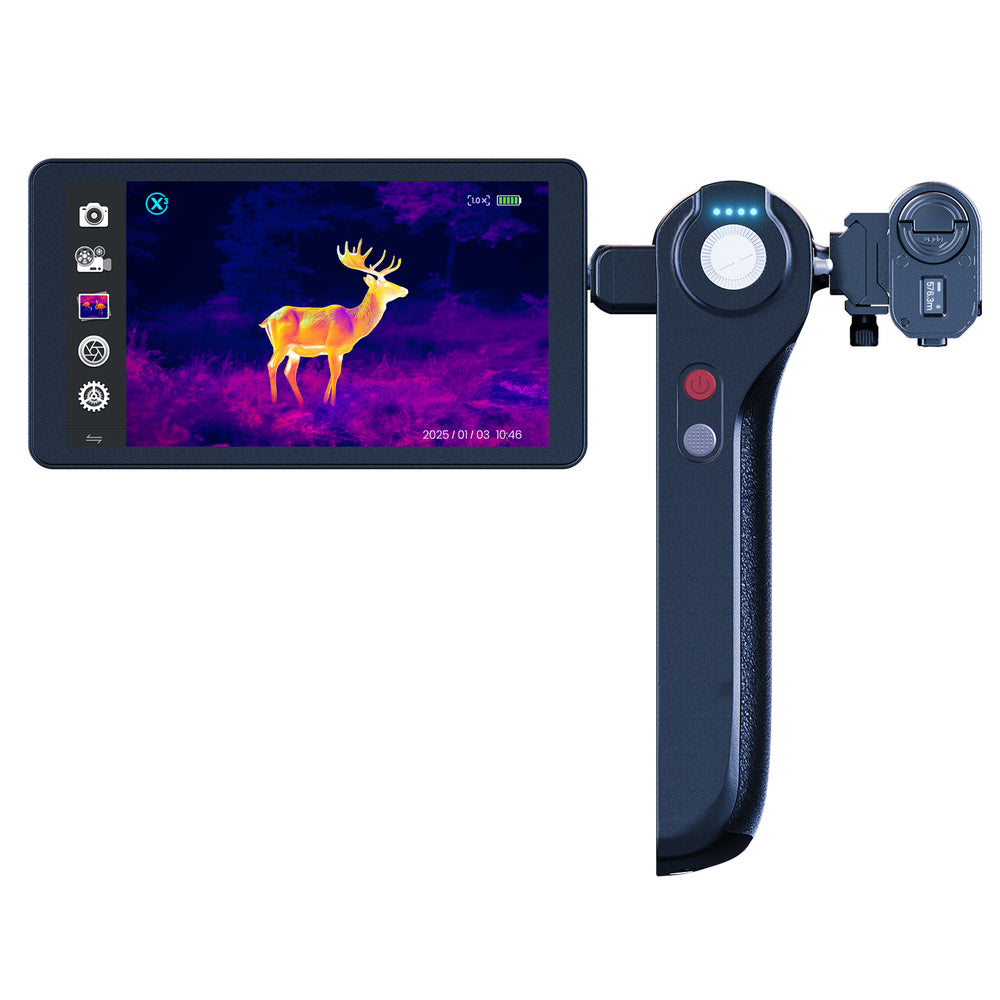
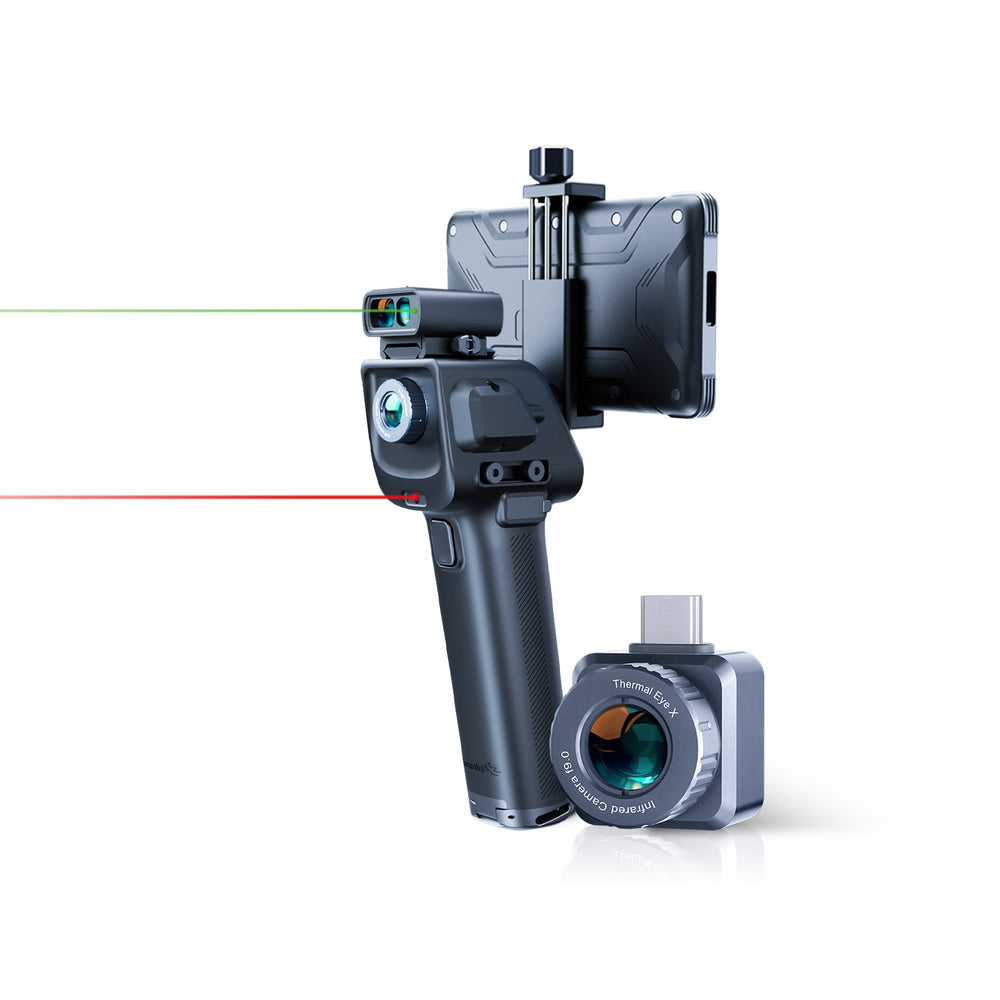
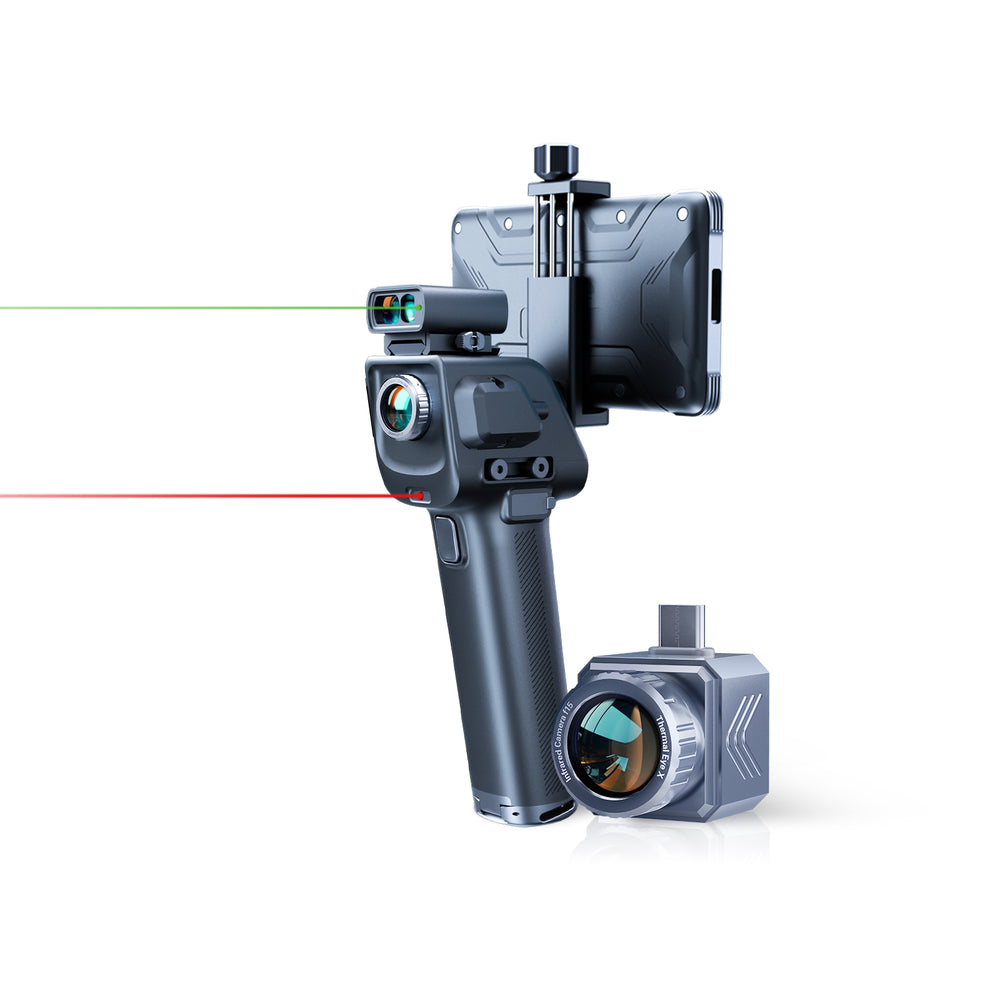
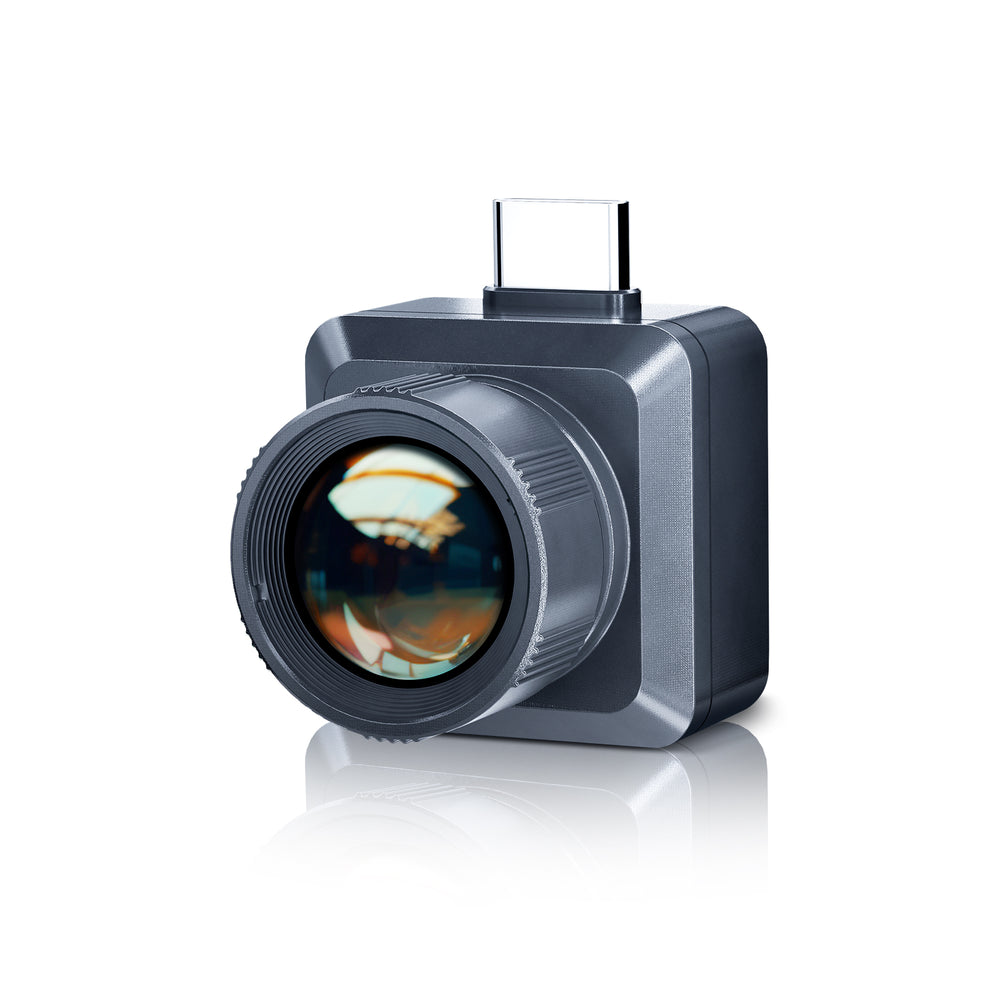
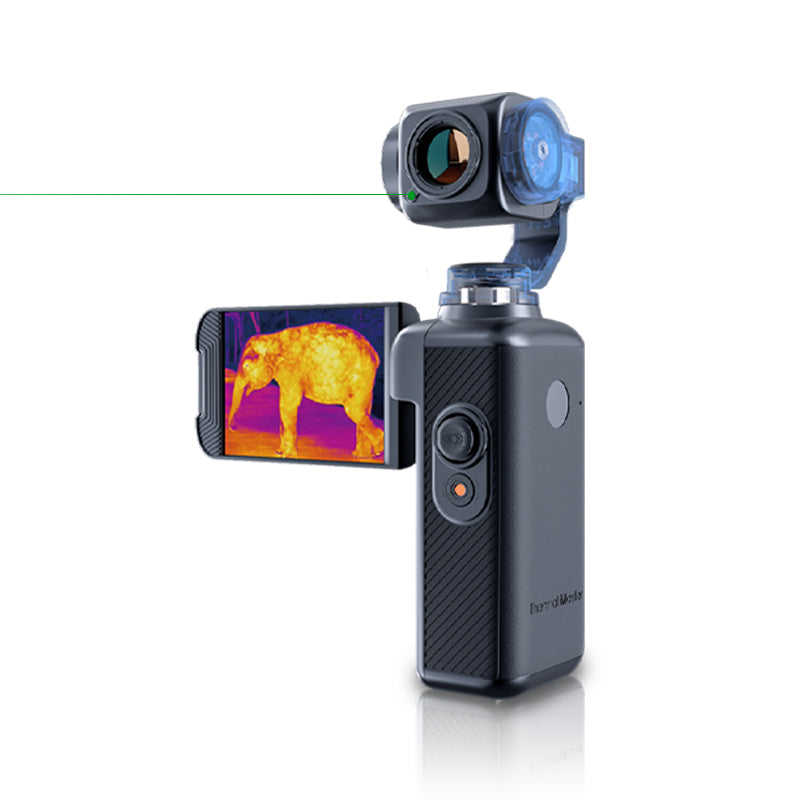
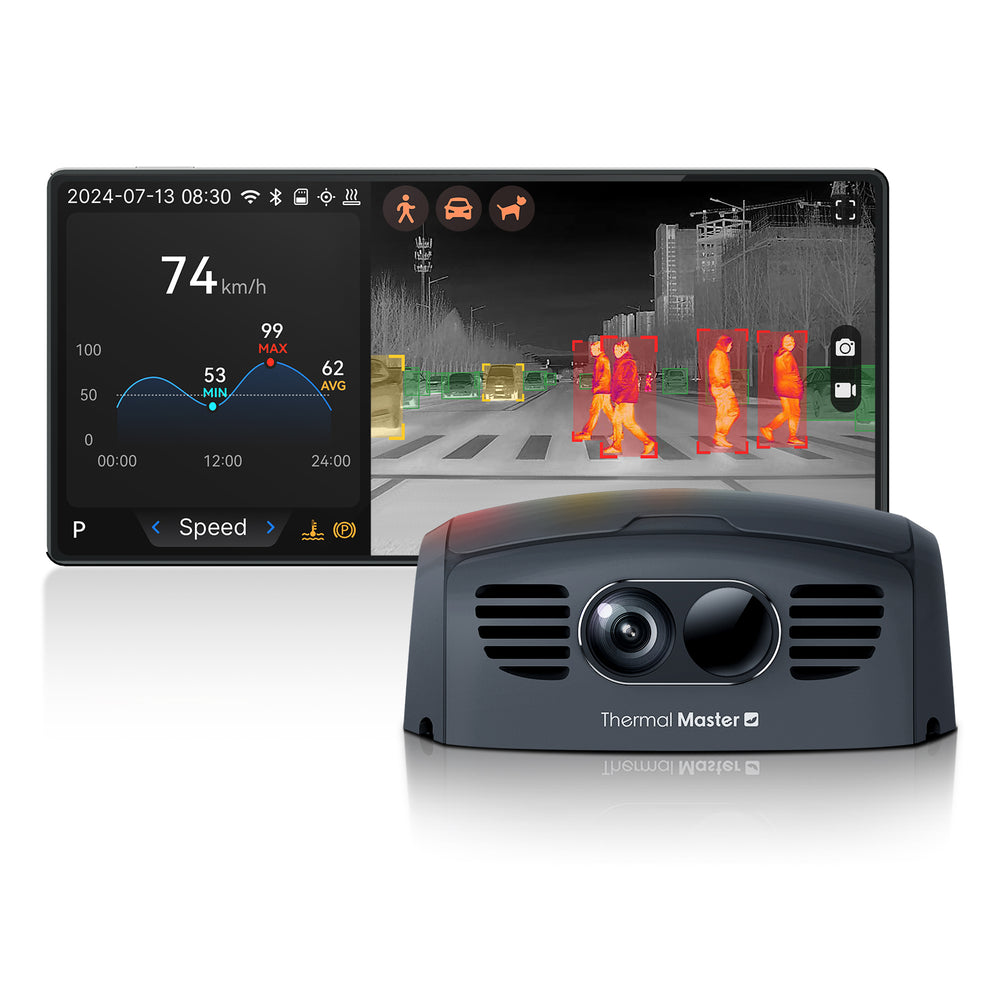
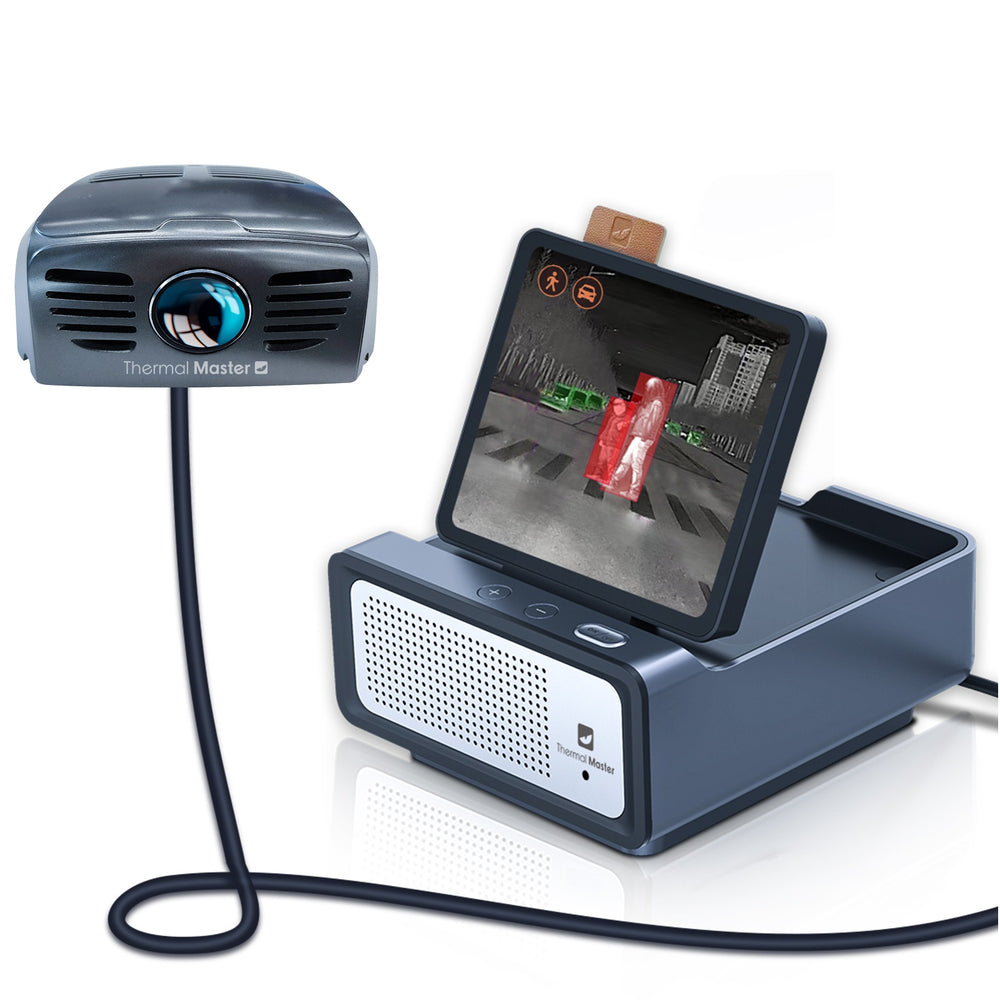
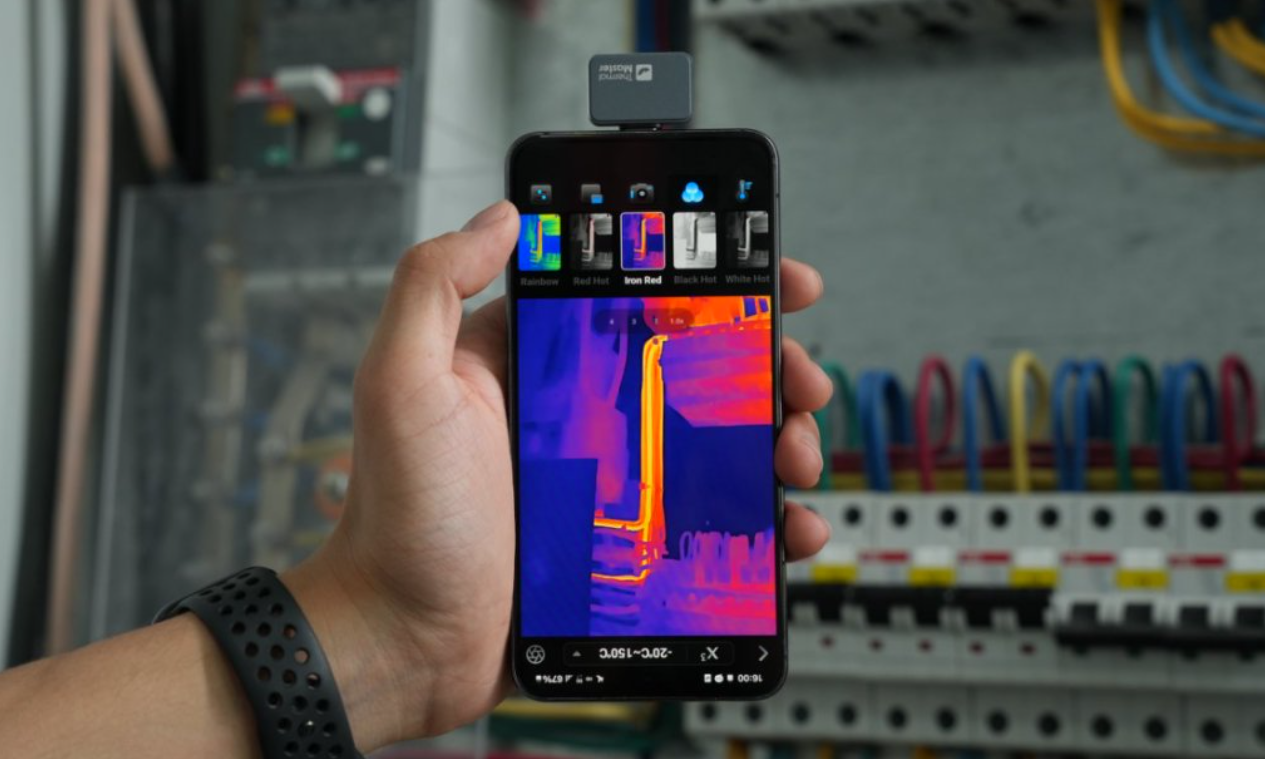
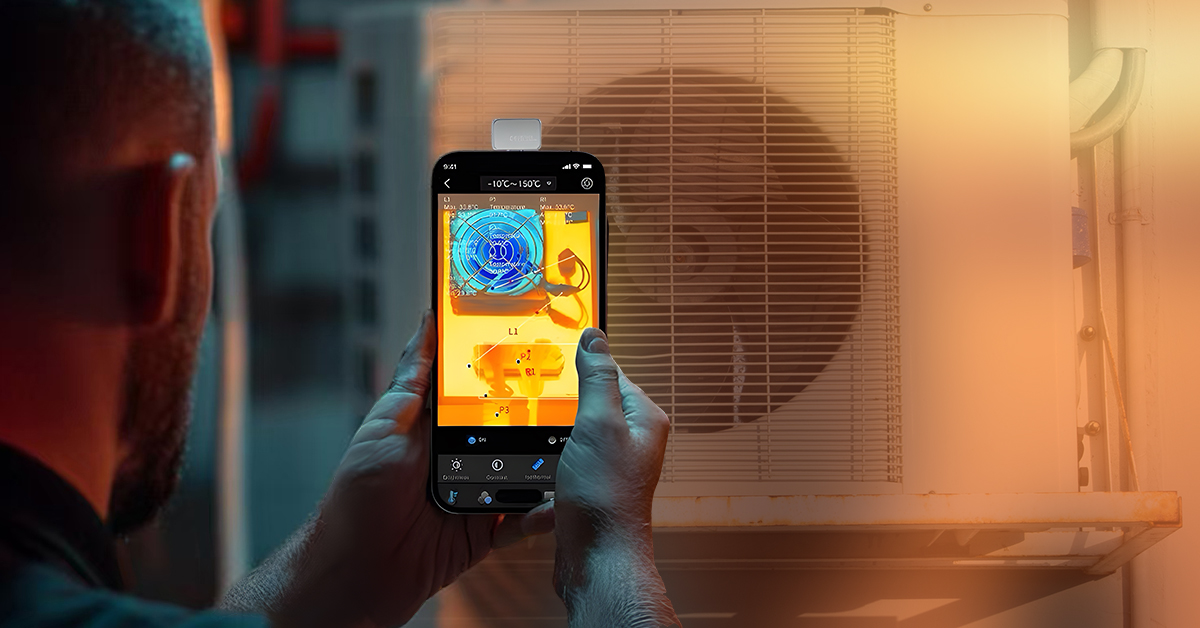

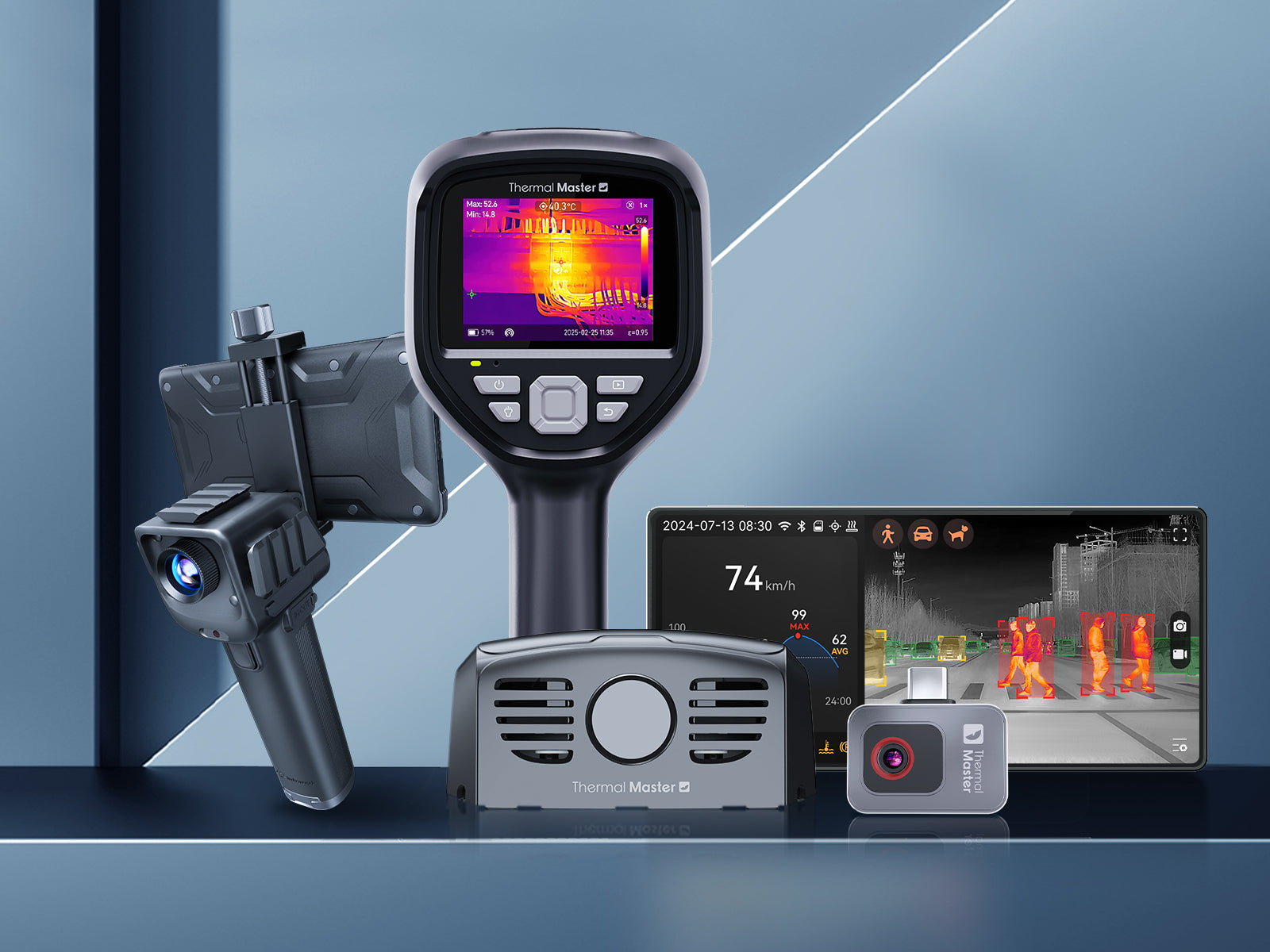
Hinterlasse einen Kommentar
Alle Kommentare werden vor der Veröffentlichung geprüft.
Diese Website ist durch hCaptcha geschützt und es gelten die allgemeinen Geschäftsbedingungen und Datenschutzbestimmungen von hCaptcha.